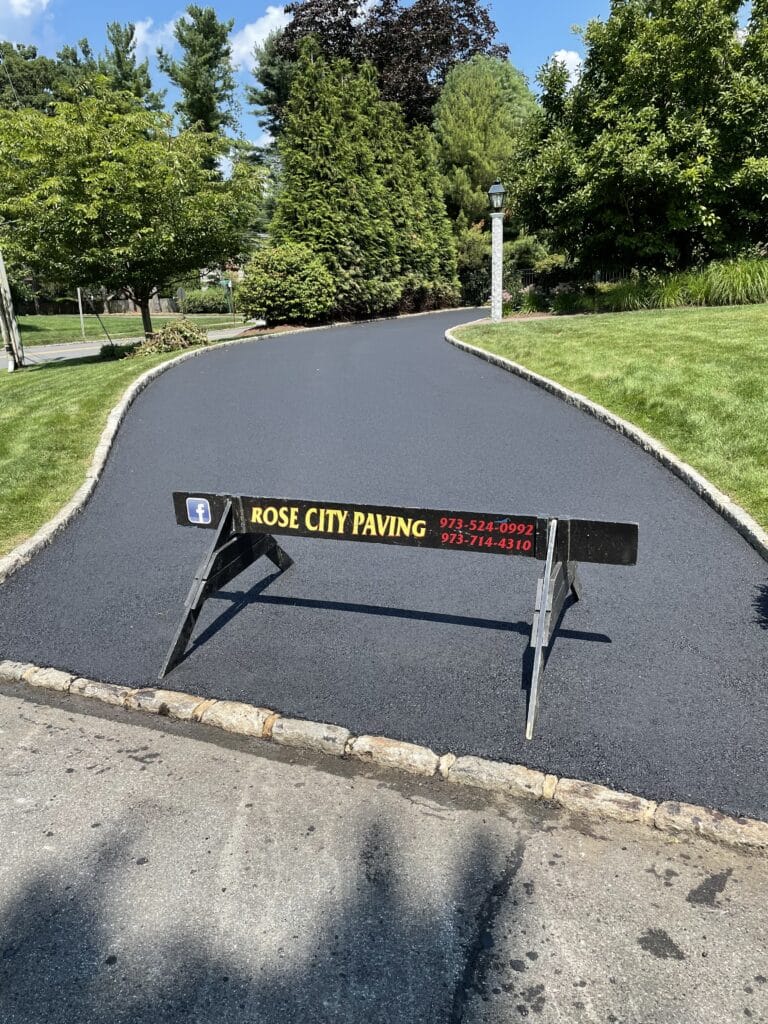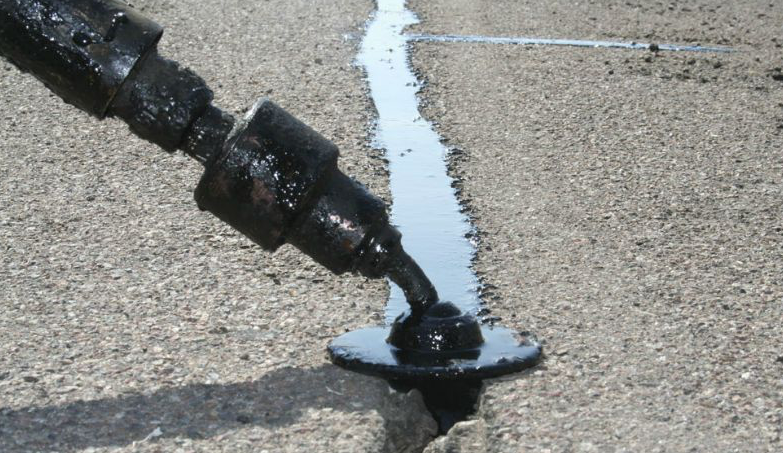Warm Mix Asphalt: A Sustainable Option for Pavement
Hot Mix Asphalt (HMA) has actually emerged as a leading lasting selection for sidewalk services, using a myriad of innovative technologies and environmental advantages. Its capacity to reuse materials and decrease power usage offers an engaging situation for its adoption in road construction jobs. The long-term performance and sturdiness of HMA make it a favored choice for facilities development. As the need for green building and construction methods grows, discovering the subtleties of HMA's sustainability can offer useful insights right into the future of pavement options.
Environmental Advantages of Hot Mix Asphalt

Furthermore, Warm Mix Asphalt helps to alleviate urban warm island effects. Its dark color soaks up sunlight, lowering the amount of warmth reflected back right into the atmosphere compared to lighter-colored sidewalks. This can lower ambient temperature levels in urban areas, reducing the need for air conditioning and eventually reducing energy usage.
On top of that, Hot Mix Asphalt adds to boosted stormwater management. Its porous nature enables water to charge and infiltrate the sidewalk groundwater supplies, minimizing overflow and the threat of flooding. These ecological benefits make Warm Mix Asphalt a sustainable choice for paving highways and roads.
Power Effectiveness in HMA Manufacturing
Is power performance a crucial aspect in the manufacturing of Hot Mix Asphalt (HMA)? Absolutely. Energy plays a substantial function in the manufacturing of HMA, affecting both expense and environmental sustainability. One essential aspect of energy efficiency in HMA production is using cozy mix asphalt (WMA) modern technologies (hot mix asphalt). WMA enables the blending and positioning of asphalt at lower temperatures compared to traditional warm mix asphalt, resulting in lowered energy usage during manufacturing. This procedure not just decreases fuel use however likewise reduces greenhouse gas emissions, making it an extra eco-friendly choice.
Furthermore, improvements in plant technologies have led to even more energy-efficient HMA production processes. By maximizing energy usage in HMA manufacturing, the sector can decrease its carbon footprint while preserving high-quality pavement products.
Recyclability of Warm Mix Asphalt
The recyclability of Hot Mix Asphalt (HMA) is an essential aspect of its sustainability and long-term ecological impact. HMA is just one of the most over at this website recycled materials in the United States, with over 100 million tons of reclaimed asphalt pavement (RAP) being recycled each year in their explanation new pavement building. Reusing HMA provides a number of ecological advantages, such as reducing the need for virgin products, lowering energy consumption during production, and reducing the quantity of waste sent out to land fills.
The process of recycling HMA involves milling the existing pavement, crushing it into smaller sized pieces, and mixing it with brand-new accumulation and asphalt binder to develop a recycled mix. This recycled mix can typically perform as well as and even better than traditional HMA, while requiring less resources and producing lower greenhouse gas discharges. By incorporating RAP right into new pavement jobs, road firms can preserve natural deposits, minimize expenses, and decrease the ecological impact of roadway building and construction and upkeep activities. On the whole, the recyclability of HMA plays a substantial duty in advertising lasting techniques within the pavement industry.

Long-Term Efficiency of HMA
Asphalt sidewalks demonstrate durability and strength over an extended duration, reflecting the long-lasting performance of Hot Mix Asphalt (HMA) In addition, improvements in HMA technology, such as the usage of polymer-modified binders and warm mix asphalt, have even more improved the durability and long life of HMA pavements. By prioritizing top quality construction and upkeep techniques, HMA continues to verify itself as a lasting and affordable service for durable pavement infrastructure.

HMA: Resilience and Sustainability
Demonstrating both durability and sustainability, Hot Mix Asphalt (HMA) has actually ended up being a cornerstone in the construction of durable pavement frameworks - regrading. HMA's sturdiness stems from its capability to withstand hefty loads, her latest blog extreme weather problems, and high traffic quantities, making it a dependable selection for streets, freeways, and airport paths. The make-up of HMA, which usually consists of aggregates, binder, and filler, plays an essential function in enhancing its durability and resistance to damage
Furthermore, HMA's sustainability depends on its recyclability and energy-efficient production procedure. The ability to reuse redeemed asphalt pavement (RAP) in brand-new HMA mixes reduces the need for virgin products and reduces the environmental influence of pavement building and maintenance. Additionally, the power effectiveness of producing HMA depends on its reduced mixing temperature levels compared to various other sidewalk materials, causing decreased power consumption and greenhouse gas emissions.
Verdict
In conclusion, hot mix asphalt (HMA) offers a lasting solution for pavement with its eco-friendly attributes. HMA's recyclability, power performance in production, and lasting sturdiness make it an environmentally friendly choice for road building. By conserving all-natural sources, lowering waste, and decreasing greenhouse gas emissions, HMA plays an important function in promoting sustainability in facilities development. Its capability to mitigate metropolitan heat island effects better underscores its relevance in developing resistant and environmentally conscious pavement systems.
HMA is one of the most recycled products in the United States, with over 100 million bunches of recovered asphalt sidewalk (RAP) being recycled yearly in new sidewalk building.The procedure of recycling HMA involves grating the existing pavement, squashing it into smaller sized pieces, and blending it with new accumulation and asphalt binder to produce a recycled mix.Asphalt pavements show sturdiness and resilience over an extensive period, mirroring the long-lasting performance of Warm Mix Asphalt (HMA) Additionally, innovations in HMA innovation, such as the usage of polymer-modified binders and warm mix asphalt, have actually even more boosted the sturdiness and longevity of HMA sidewalks. The ability to recycle reclaimed asphalt sidewalk (RAP) in new HMA mixtures decreases the need for virgin products and reduces the environmental impact of sidewalk building and upkeep.
Comments on “Revitalize Your Residential Property with Regrading and Asphalt Sealing Strategies”